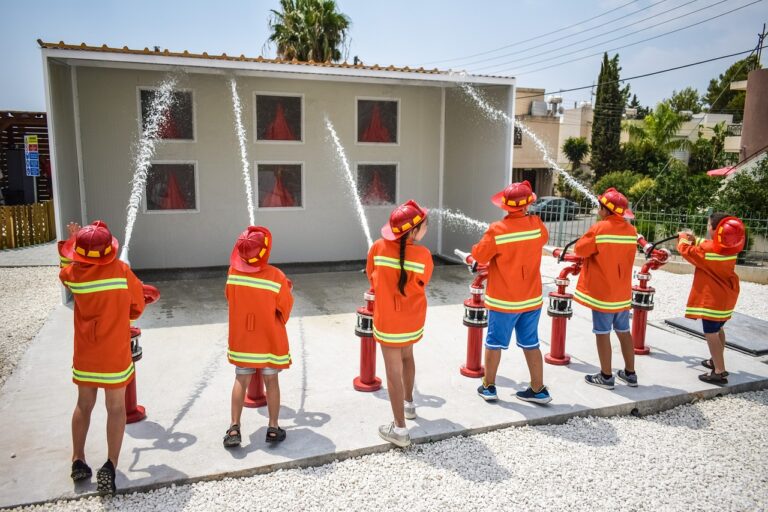Inclusive Education: Accommodating Students with Diverse Needs
Diversity in the classroom plays a crucial role in fostering a rich and dynamic learning environment. When students from varied backgrounds, cultures, and experiences come together, it creates a melting pot of perspectives and ideas that can enhance the learning process. Embracing diversity in the classroom not only promotes tolerance and understanding but also allows students to develop valuable skills in communication, empathy, and collaboration. By engaging with individuals who have different viewpoints and approaches, students are exposed to a broader range of thoughts and are encouraged to think critically and creatively.
Furthermore, incorporating diversity in the classroom prepares students for the realities of the world outside academia. In today’s globalized society, being able to work effectively with people from diverse backgrounds is a vital skill. By learning alongside peers with diverse perspectives, students gain valuable insight into how to navigate and thrive in a diverse and interconnected world. Embracing diversity in the classroom not only enriches the educational experience but also equips students with the tools they need to succeed in an increasingly diverse and multicultural society.
Understanding Different Learning Styles
Different students possess unique learning styles that influence how they understand and retain information. Some individuals are visual learners, preferring to absorb information through images, charts, and diagrams rather than traditional lectures or readings. For these students, incorporating visual aids into lessons can significantly enhance their comprehension and engagement.
On the other hand, auditory learners thrive when information is presented verbally. They excel in discussions, lectures, and oral presentations where they can actively listen and participate. To cater to these students, educators can incorporate group discussions, podcasts, and verbal activities that allow them to process information more effectively. By recognizing and accommodating diverse learning styles, teachers can create a more inclusive and impactful learning environment for all students.
Visual learners prefer absorbing information through images, charts, and diagrams
Incorporating visual aids into lessons can enhance comprehension and engagement for visual learners
Auditory learners thrive when information is presented verbally
Group discussions, podcasts, and verbal activities can cater to auditory learners
Recognizing and accommodating diverse learning styles creates a more inclusive learning environment
Creating a Supportive Learning Environment
To establish a supportive learning environment in the classroom, it is essential to foster a sense of belonging among students. Encouraging open communication, respect, and empathy can help create a safe space where students feel valued and accepted. By promoting inclusivity and recognizing the diverse backgrounds and experiences of each student, educators can cultivate a setting where everyone feels comfortable sharing their thoughts and ideas.
In addition to building a sense of community, providing students with constructive feedback and opportunities for growth can further enhance the supportive learning environment. Offering encouragement and recognition for their efforts, as well as guidance on how to improve, can empower students to take ownership of their learning journey. By fostering a culture of continuous improvement and emphasizing the value of perseverance and resilience, educators can motivate students to strive for academic excellence and personal development.
Why is diversity important in the classroom?
Diversity in the classroom allows students to learn from different perspectives, cultures, and experiences, which can enrich their understanding of the world and promote empathy and acceptance.
How can teachers accommodate different learning styles?
Teachers can accommodate different learning styles by incorporating a variety of teaching methods, such as visual aids, hands-on activities, and group discussions, to cater to the diverse needs of their students.
What are some ways to create a supportive learning environment?
Some ways to create a supportive learning environment include fostering a sense of belonging and respect among students, providing constructive feedback, and encouraging collaboration and open communication.







